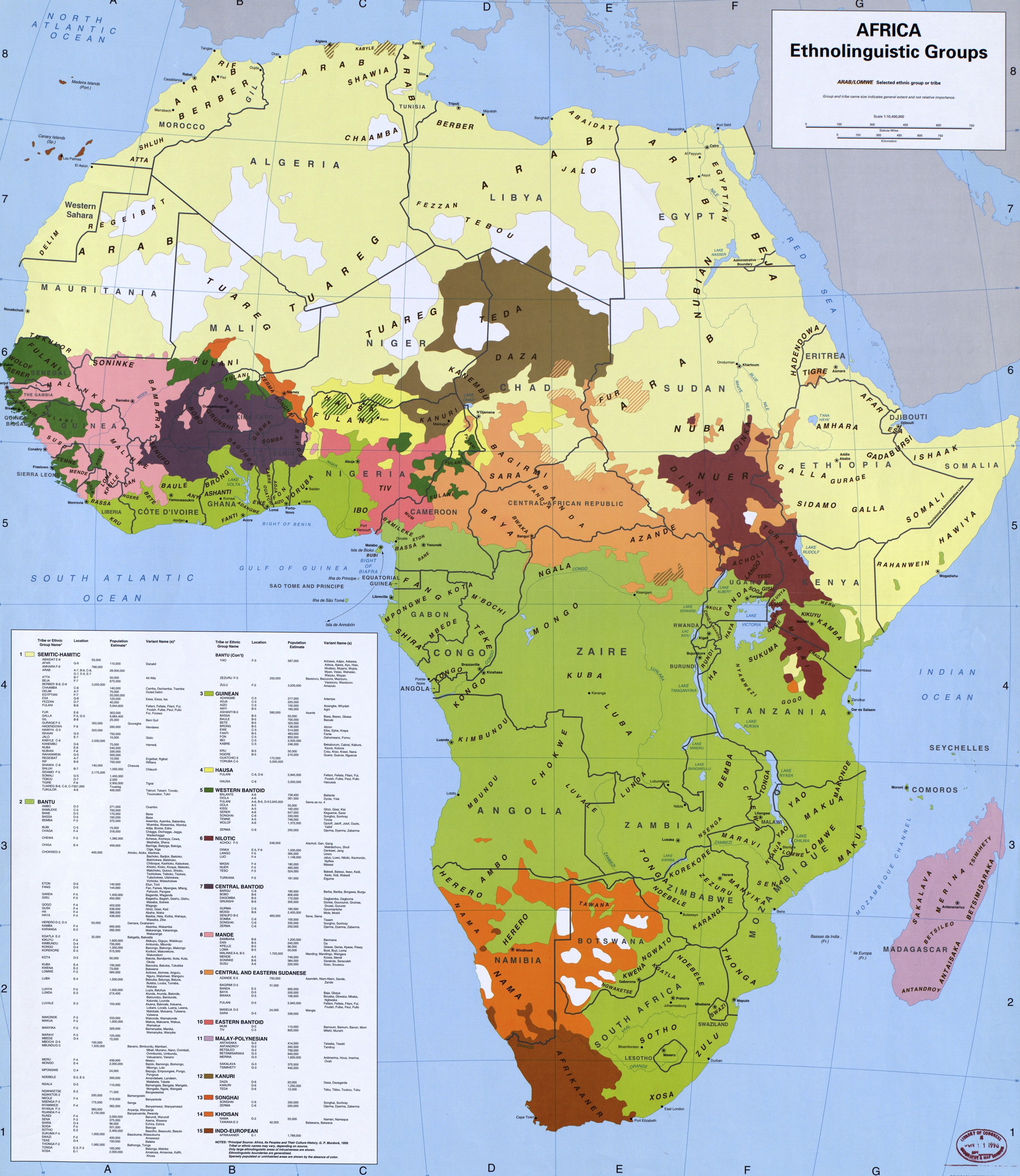The Case For Big Development
This term, I had the opportunity in Professor Chris Bennett’s FRE 490 course to review two World Bank development projects located in China.
The first was a restructuring project from the 1990’s intended to improve how Chinese Nature Reserves across the country were run. Specifically, they wanted to modernize their operations and better track biodiversity. The second was in Henan province and focused on giving medium sized livestock operations access to waste management technology in order to reduce negative environmental effects.
A lot of discussions I’ve had in GRS give me the impression of a general bias against big development organizations, especially ones like the World Bank. Some of the most common objections are:
- Big projects don’t understand local differences in needs and goals.
- Big projects are controlled by governments and corporations and aren’t really about the local people.
- Big projects tend to make more mistakes which are hard to fix because of the project scale.
- Big projects aren’t able to cultivate personal relationships with communities the way small ones are.
While these objections have some validity, doing this research allowed me to see the strengths of big development organizations as well.
Both projects were focused on large scale structural changes stretching across civil service departments and involving multiple levels of government. The fact is that it’s simply not possible for small organizations to do effective work on this scale, even working together. The World Bank had a working relationship with China already and experience doing similar projects across countries. It has a massive amount of financial and human resources at its disposal. Given that civil services are notoriously resistant to change, the size of the organization ensured it would have the legal resources and backing of the national government, both essential in doing the work correctly.
Slower more incremental change would have been useless in these projects, especially the nature reserves one. Given that civil restructuring creates so much resistance, it’s very likely that one massive restructuring with central government support was easier and cheaper than multiple, conflicting small projects that weren’t big enough for the government to throw its weight behind.
That’s not to say these projects were perfect. There were some serious logistical mistakes in the nature reserves project, although the World Bank vastly improved its approach in the livestock one. Nevertheless, I would argue that given the nature of the project the World Bank’s scale of development was a strength in this case as well. In the reserves project, the World Bank intended to move redundant workers to new enterprises or else give them retirement packages. Unfortunately, many planned new jobs fell through, leaving workers unemployed or forcing them to retire early. However, the World Bank was able to arrange retirement packages for them that ensured they faced no decrease in living standards, something a small group would likely not be able to do. Moreover, the World Bank also has the logistical, financial, and planning resources to ensure the feedback and lessons learned are actually useful for future projects. While small projects can be very efficient, they often do not have access to the resources needed to vastly improve in future projects. The livestock project showed that the World Bank had improved on almost all the points we critiqued in the earlier project.
I’m glad to have taken this course. From an economics perspective I already knew that large groups (like natural monopolies) can sometimes harness resources more efficiently than small ones. I enjoyed seeing how this was also true for international development, contrary to some of the biases I have encountered from students and people in the field. Chris Bennett has a huge amount of experience and applies it to how he teaches the course, and I definitely recommend this for anyone in GRS, even if they don’t plan on working in development.

 Follow
Follow